Scientist-led conferences at Harvard, Stanford and MIT
-
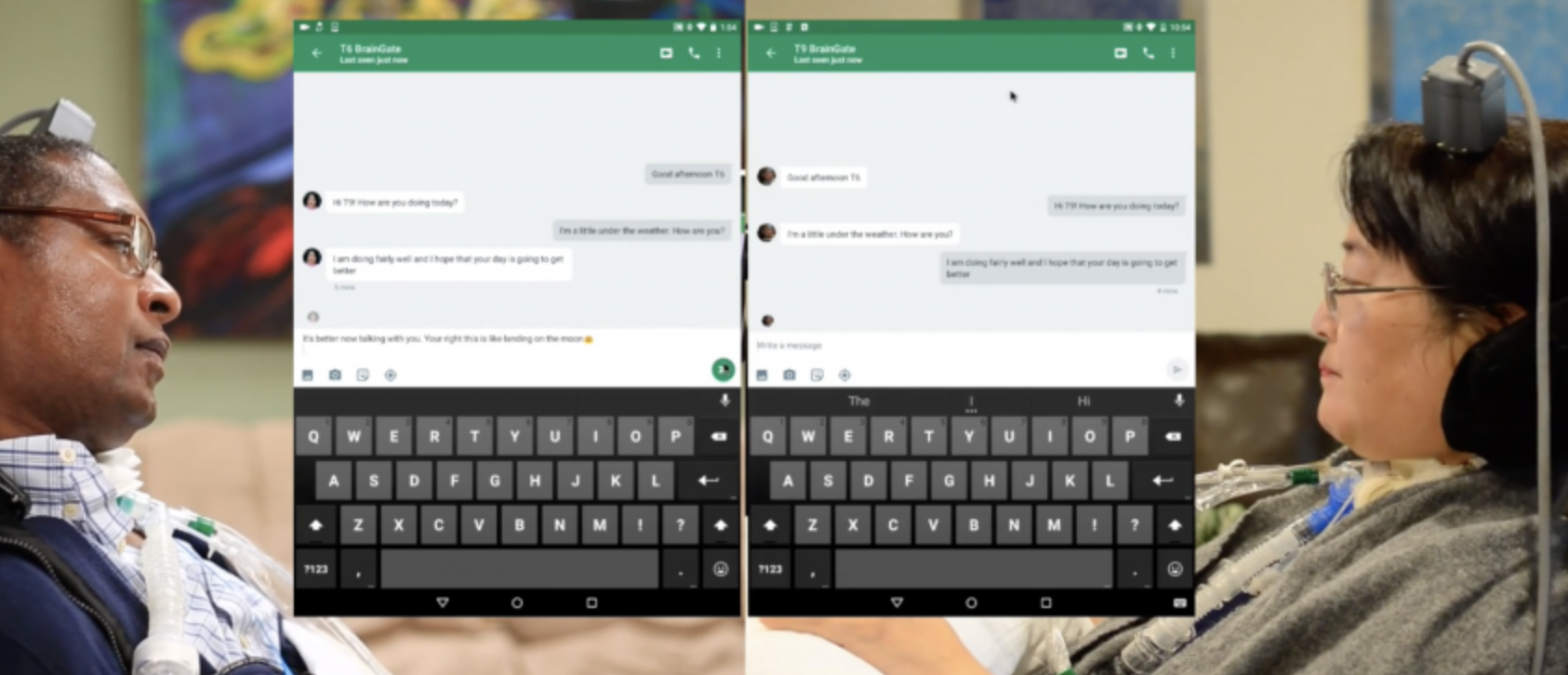
Thought controlled tablets
The BrainGate/Brown/Stanford/MGH/VA consortium has published a study describing three teraplegic patients who were able to control an off the shelf tablet with their thoughts. They surfed the web, checked the weather and shopped online. A musician played part of Beethoven’s “Ode to Joy” on a digital piano interface. The BrainGate BCI included a small implant that…
-
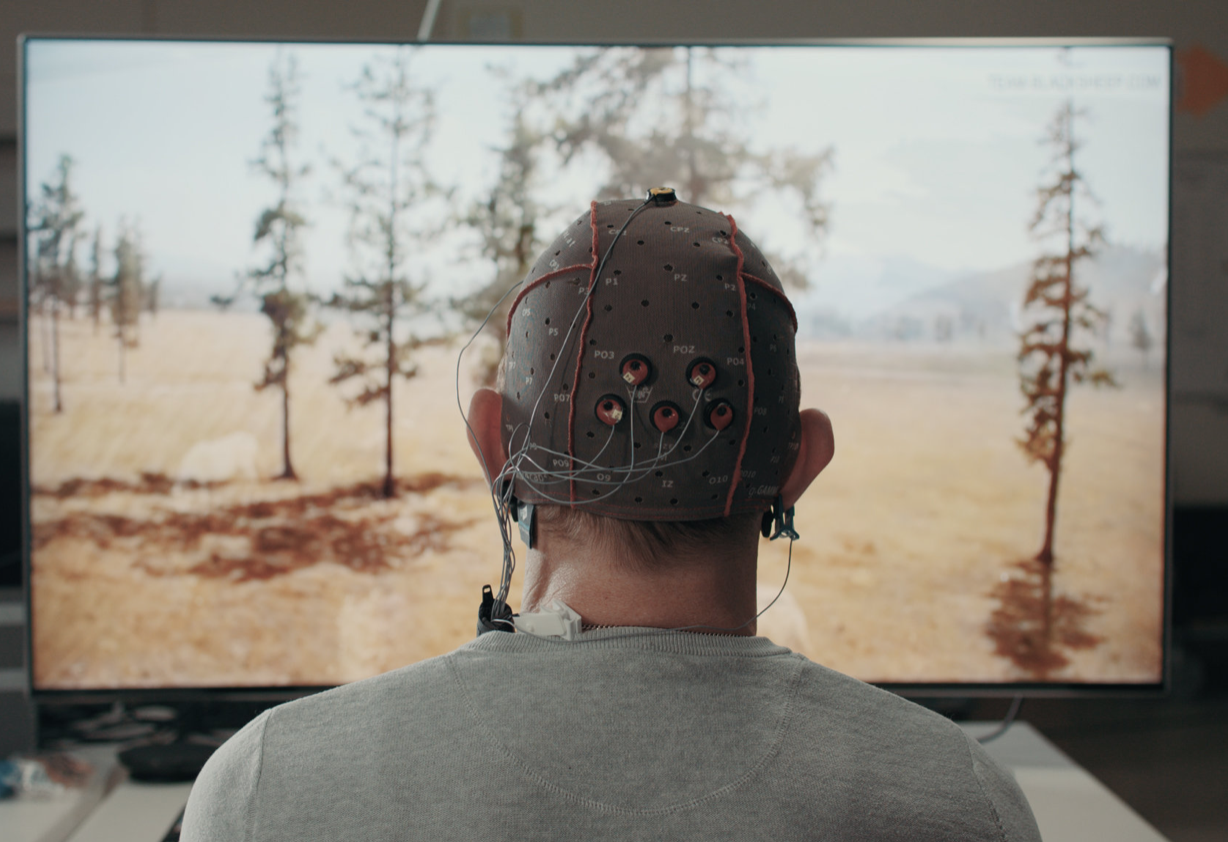
Thought controlled television
Samsung and EPFL researchers, including Ricardo Chavarriaga, are developing Project Pontis, a BCI system meant to allow the disabled to control a TV with their thoughts. The prototype uses a 64 sensor headset plus eye tracking to determine when a user has selected a particular movie. Machine learning is used to build a profile of…
-
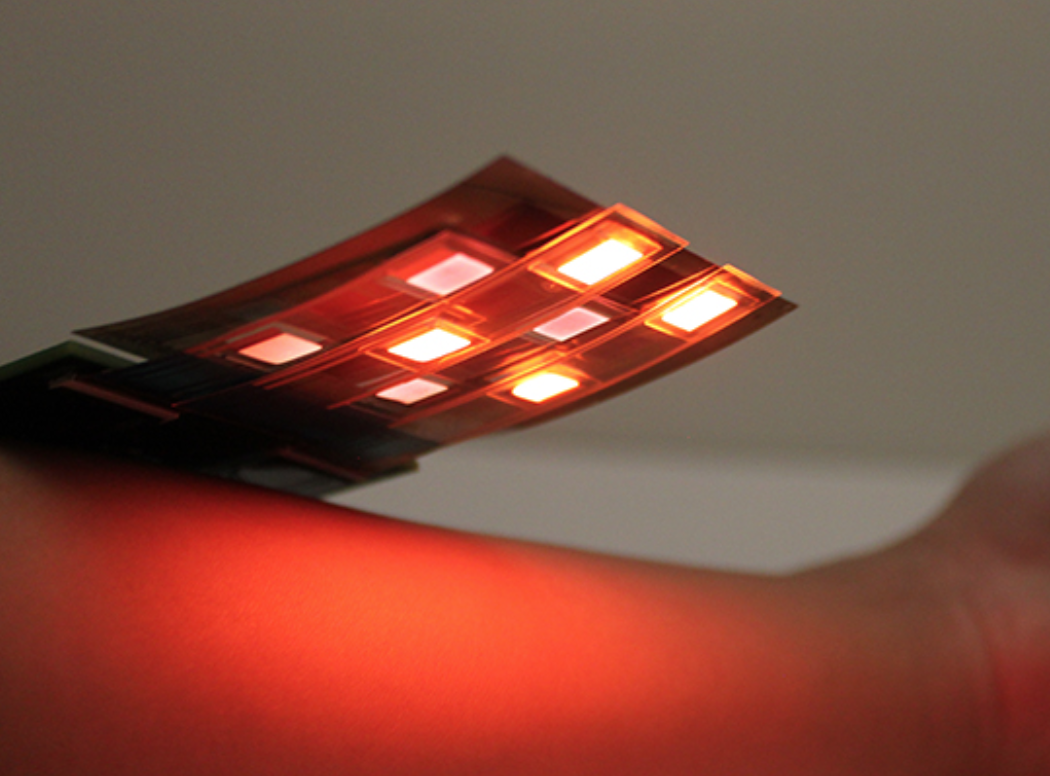
Sensor patch monitors blood oxygen levels anywhere in the body
Ana Claudia Arias and Berkeley colleagues have developed a flexible, adhesive sensor that maps blood-oxygen levels over large areas of skin, tissue and organs, making it possible to monitor wound healing in real time, or oxygen levels in transplanted organs. It can also be used to continuously monitor blood oxygen levels in diabetes, respiration diseases and…
-
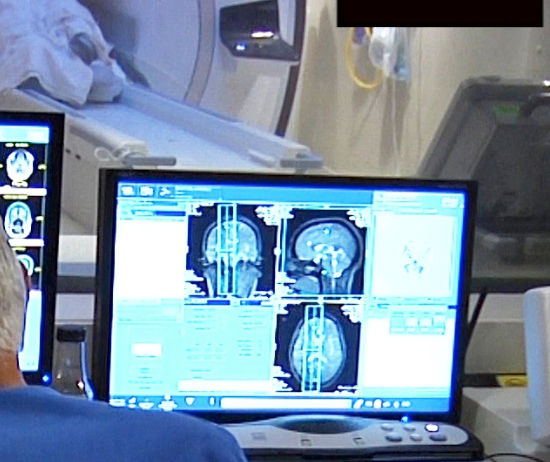
Focused ultrasound thalamotomy in Parkinson’s Disease
UVA’s Scott Sperling and Jeff Elias, who already used focused ultrasound to treat essential tremor, have just published the results of a small study showing the efficacy of the technology in Parkinson’s Disease. The sound waves were shown to interrupt brain circuits responsible for the uncontrollable shaking associated with the disease. The researchers claim that their study…
-
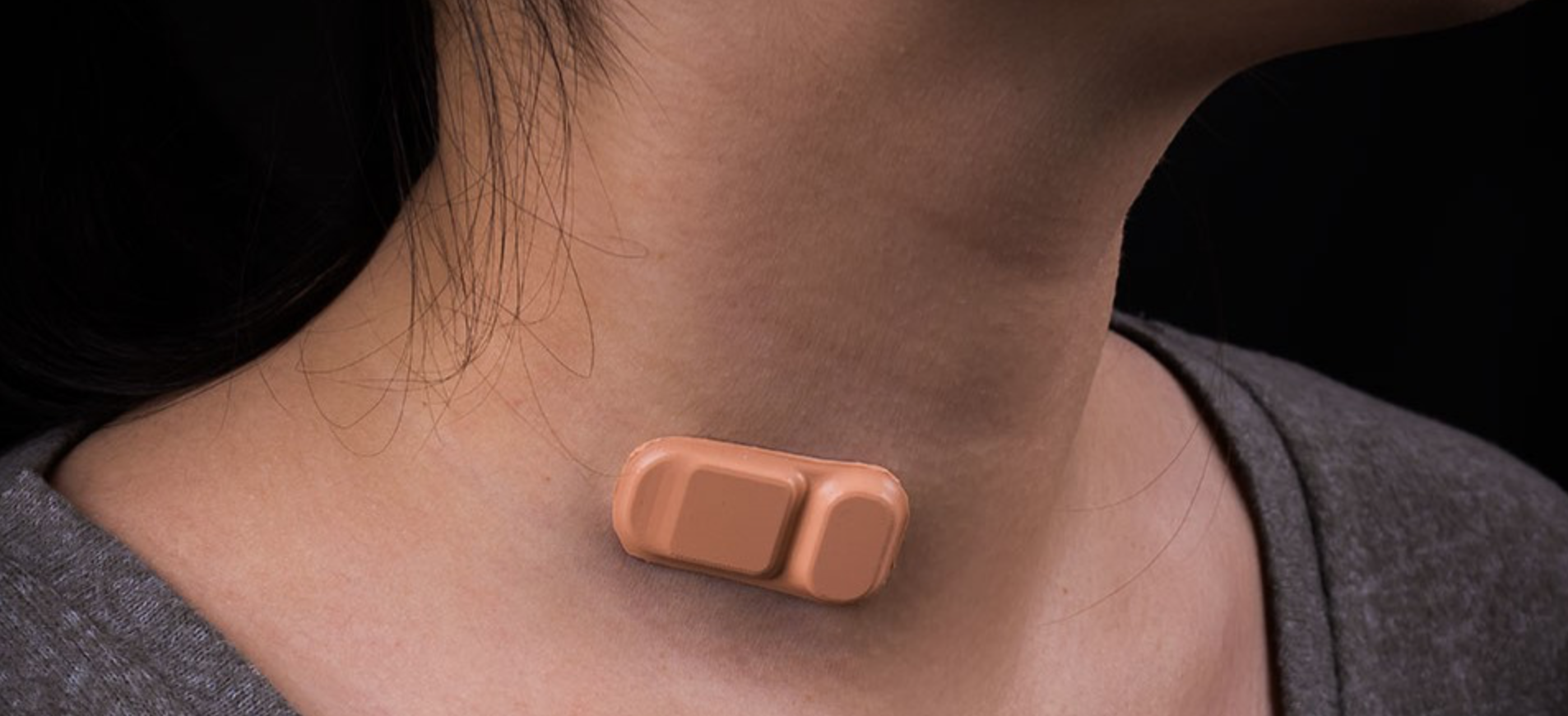
Wearable sensor monitors shunt function in hydrocephalus
Northwestern’s John Rogers has created another minimal, flexible, wireless, adhesive wearable — this time to help hydrocephalus patients manage their condition. The band-aid like sensor determines whether a shunt is working properly. Shunts often fail. When this happens, a patient can experience headaches, nausea and low energy, and must go to a hospital immediately. However,…
-
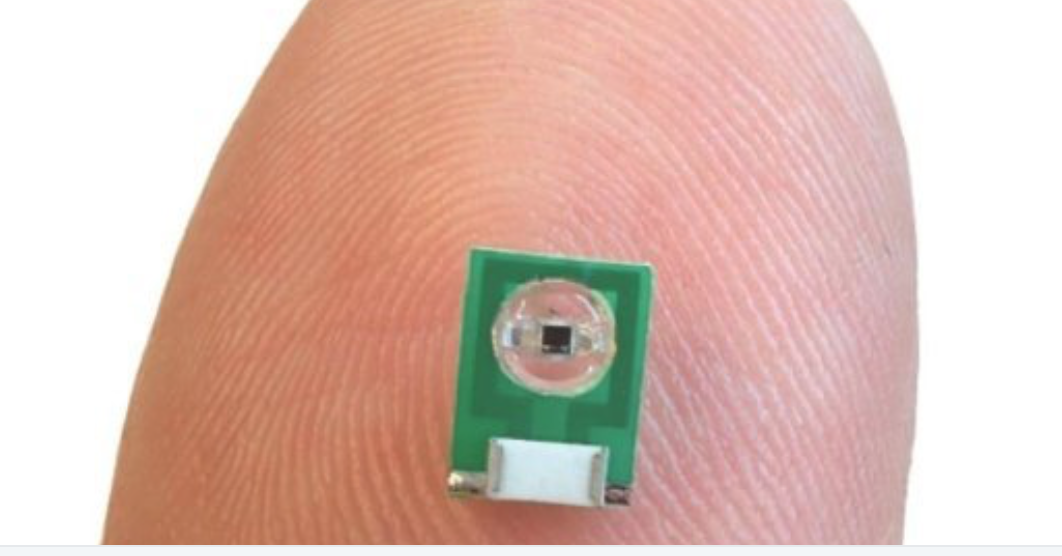
Minimally invasive sensor detects electrical activity, optical signals in brain for MRI
MIT’s Aviad Hai has developed a minimally invasive sensor to detect electrical activity or optical signals in the brain for MRI. No power source is needed, as radio signals that an external MRI scanner emits power the sensor. It is implanted but does not require a wired connection to the brain. The researchers believe that…
-

Brain-to-brain communication interface
Rajesh Rao and University of Washington colleagues have developed BrainNet, a non-invasive direct brain-to-brain interface for multiple people. The goal is a social network of human brains for problem solving. The interface combines EEG to record brain signals and TMS to deliver information to the brain, enabling 3 people to collaborate via direct brain-to-brain communication.…
-

Wearable system detects postpartum depression via baby/mother interaction
Texas professor Kaya de Barbaro is creating a mother-child wearable system to detect and attempt to prevent postpartum depression. Mother stress levels are measured via heart rythm, and encouraging messages are sent. Mom wears the sensor on her wrist, and baby wears it on her/his ankle. The child’s sensor collects heart rate and movement data,…
-

Blood glucose-powered sensor for long term monitoring
Subhanshu Gupta and Washington State colleagues have developed an implantable sensor, powered by harvested blood glucose, for long term monitoring. The electronics consume only a few microwatts of power, while being highly sensitive. Combined with the biofuel cells, the sensor is more efficient than (and non-toxic as compared to) traditional battery-powered devices. Fueled by body…
-
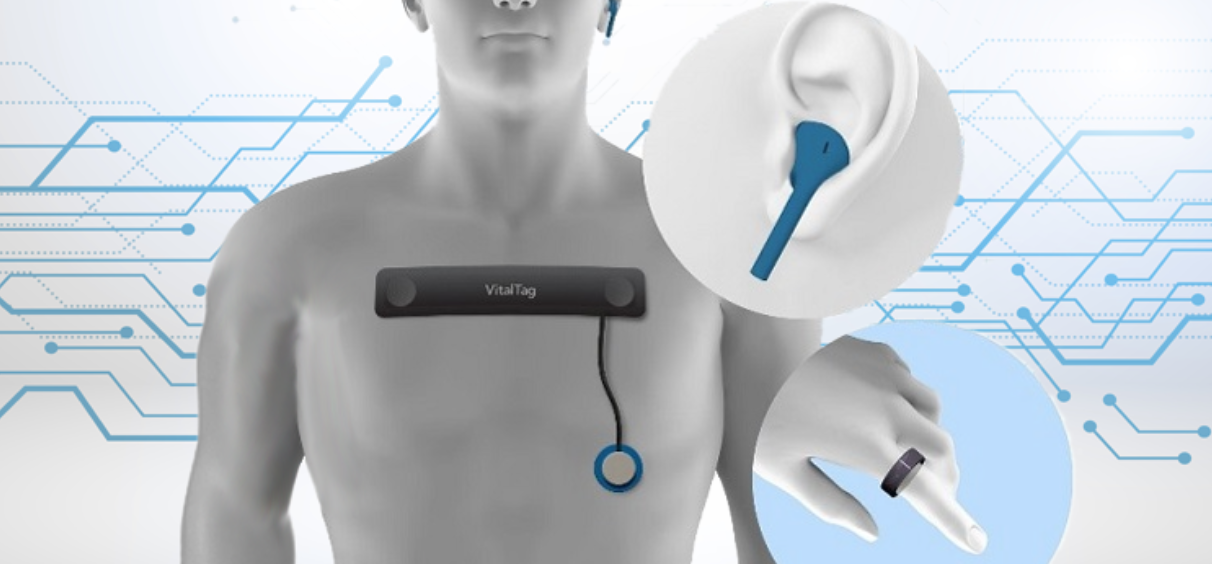
Adhesive emergency response sensors
VitalTag by Pacific Northwest National Laboratory is a chest-worn sticker that detects, monitors and transmits blood pressure, heart rate, respiration rate and other vital signs, eliminating the need for multiple medical devices. It is meant for emergency responders to quickly assess a person’s state. Additional sensors are worn on the finger, and in the ear. Data…
-

Small ultrasound patch detects heart disease early
Sheng Xu, Brady Huang, and UCSD colleagues have developed a small, wearable ultrasound patch that monitors blood pressure in arteries up to 4 centimeters under the skin. It is meant to detect cardiovascular problems earlier, with greater accuracy Applications include continuous blood pressure monitoring in heart and lung disease, the critically ill, and those undergoing…
-

Apple watch detects falls, diagnoses heart rhythm, bp irregularities
The Apple Watch has become a serious medical monitor. It will now be able to detect falls, contact emergency responders, and diagnose irregularities in heart rhythm and blood pressure. Its ECG app has been granted a De Novo classification by the FDA. ECG readings are taken from the wrist, using electrodes built into the Digital Crown and…
Got any book recommendations?